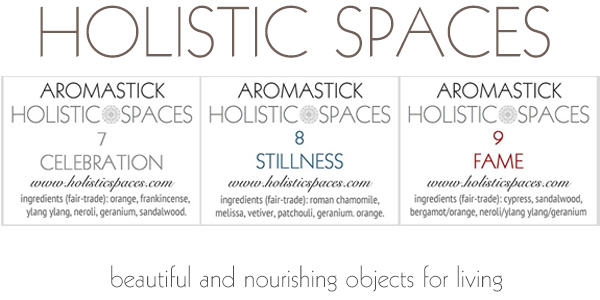I have recently been getting into feng shui with the background of the I Ching and qi gong and have been enjoying your podcast. I am wondering if you had heard the same thing as I have, that mirrors only reflect energy but they are doorways for spirits to walk between the world. I have personally experienced a dark spirit walking through a mirror while I was sleeping, which is very dangerous and disturbing. Have you heard of this? What are your thoughts?
Samantha B., Bellevue, WA
Hi Samantha
Thank you for your question. For this one, I thought I’d have one of my beloved feng shui mentors, Barry Gordon, provide an answer. It may be more than you expected and not what you were looking for, but I think it’s a thorough and enlightening response :)
From Barry Gordon:
There's more than one answer to this question, depending upon whether you’re looking at it from the personal viewpoint or the universal viewpoint of natural mind. I’m a physicist, Feng Shui Master, and shaman.
There is a lot of confusion about mirrors in the more traditional forms of Chinese Feng Shui. The ultimate purpose of Feng Shui is to change that Qi of the person being helped. So from that viewpoint, we need to look at the effect of the mirror on the person’s mind. When I look at a mirror, I do not experience energy coming towards me. I experience the increase in spaciousness created by the mirror effect. So mirrors do not push energy away, they actually pull energy in, because they pull your mind in.
Since mirrors create the effect of enlarging a space, they also have a feeling that one is being pulled into or could move into the mirror. So metaphorically and perhaps neurologically, mirrors can appear to be a doorway. They are not a physical doorway. They're a mental doorway.
So, in your dreams, when you’re totally in your mind, the mirror can become a doorway. Your subconscious mind cannot distinguish very well between physical imagery, your experience of the physical world through the gates of your perception, and mental imagery which has much broader and more gates of perception available. That’s why so many healing techniques and methods to create a new future use visualization.
You have personally experienced a spirit in a mirror during a dream. I’ve also experienced them in mirrors and many other objects in the waking state. There are spirits all around us all the time, but our gates of perception have been trained not to allow them into our consciousness. They are sentient beings just like us. They just have less physical substance, so they're less physically real. But just like us, they have different levels of trauma and wounding. The more wounded ones are the ones we usually think of as dark. Their structure is created from the resonant magnetic gravity of lots of negative emotional energies that were never resolved or reintegrated into their creators before their death and are now floating around in the Tao, the zero point energy.
From another viewpoint, they are you. We have been taught and trained so deeply that there is an outside and an inside, that is, a you and other than you, that we totally believe it into reality. But the teachings of so many spiritual traditions say the opposite. And quantum mechanics says the opposite. There is no separation. There’s no real boundary, only an imaginary boundary between you and anything you experience as other. We only have mental emotional boundaries.
The bedroom, the bed, your body, your thoughts and emotions, your sense of identity, your "I" are all experienced in your mind, which, according to the last paragraph, is not really yours. It’s like when you look at one of those paintings that looks like a particular image, but the longer you look, you realize that there is also a different image than the first one seen, another way to look at it.
When you believe the ghost in the mirror to be real, you are caught in your personal addictive relative reality trance. When you step back and witness the trance through meditation or other method, you are free and fearless.
by Anjie Cho




